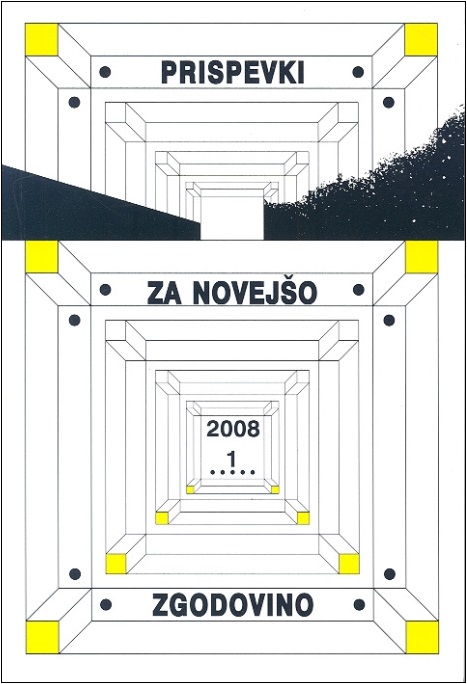O kmetijskih družbah na Kranjskem, Štajerskem in Koroškem v predmarčni dobi
On Agricultural Societies in the Carniola, Styria and Carinthia in the Pre-March Period
Author(s): Peter VodopivecSubject(s): Agriculture, Economic history, Social history, Social development, Economic development, 19th Century, Socio-Economic Research
Published by: Inštitut za novejšo zgodovino
Keywords: Slovenia; agricultural societies; agriculture; modernisation; pre-March period;
Summary/Abstract: The article focuses on the activitie of three agricultural societies in Slovenia, and emphasizes that in the first years of the 19th century these societies were still modelled after the 18th century agricultural societies, while since 1820s they have expanded their activities and membership under the influence of the Styrian agricultural society and its president Archduke John Baptist of Habsburg, the Emperor's brother. The Styrian agricultural society was the only one of these societies to be organised in branches and have a more significant number of farmers among its members. Agricultural societies dedicated themselves to trying out new cultures, tools and production processes, and in the 1830s and 40s they also encouraged the cultivation of industrial plants, introduction of chemical fertilisers and disease prevention. At the same time they strived for the division of common pastures and regularisation of (forest) easement, but they have not touched upon the peasants' social position and abolishment of serfdom until as late as 1848, even though individual realisations have already been made that freedom was also necessary for efficient management of agriculture. The author concludes the article with the statement of the Austrian historian Ernst Bruckmüller: that the agricultural societies in the pre-March period (1815-1848) should not only be evaluated in regard to the immediate economic effects of their activities. Their main significance lies in the establishment of an atmosphere open to modernisation and agricultural innovations. In this regard, agricultural societies that the author focuses on have carried out important work in the field of modernisation.
Journal: Prispevki za novejšo zgodovino (before 1960: Prispevki za zgodovino delavskega gibanja)
- Issue Year: 48/2008
- Issue No: 1
- Page Range: 7-20
- Page Count: 14
- Language: Slovenian

